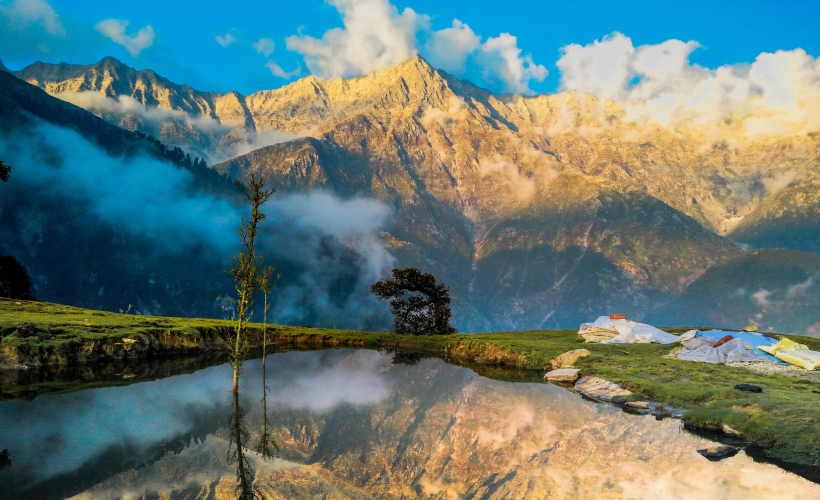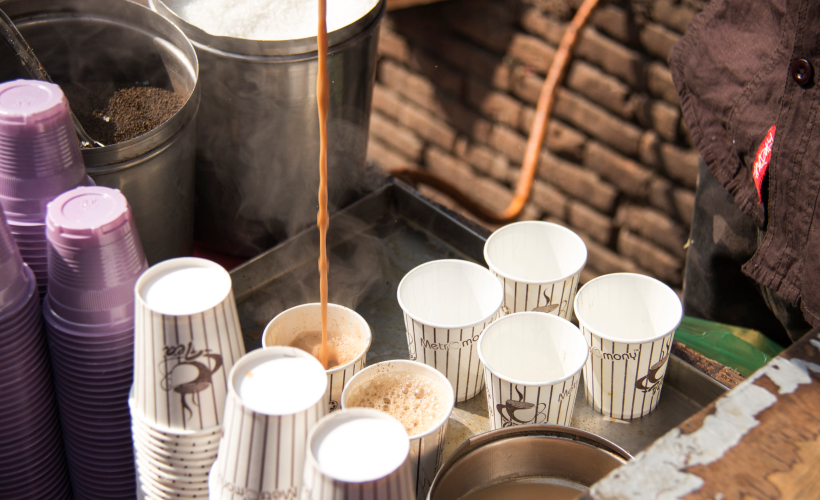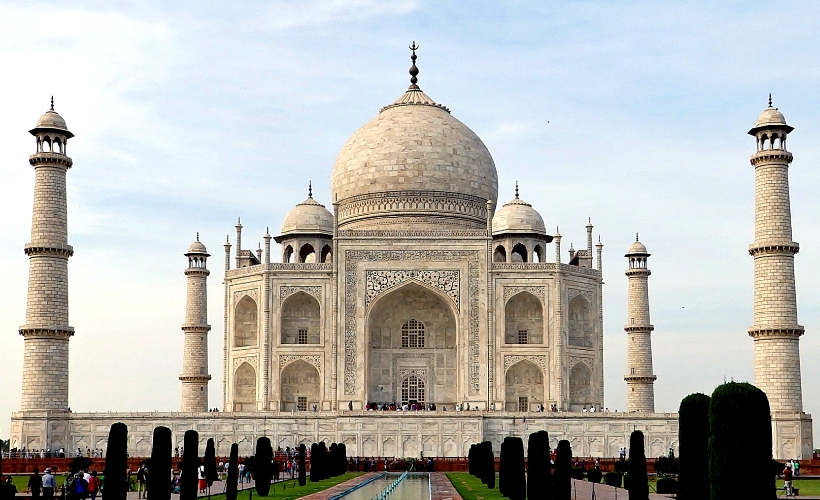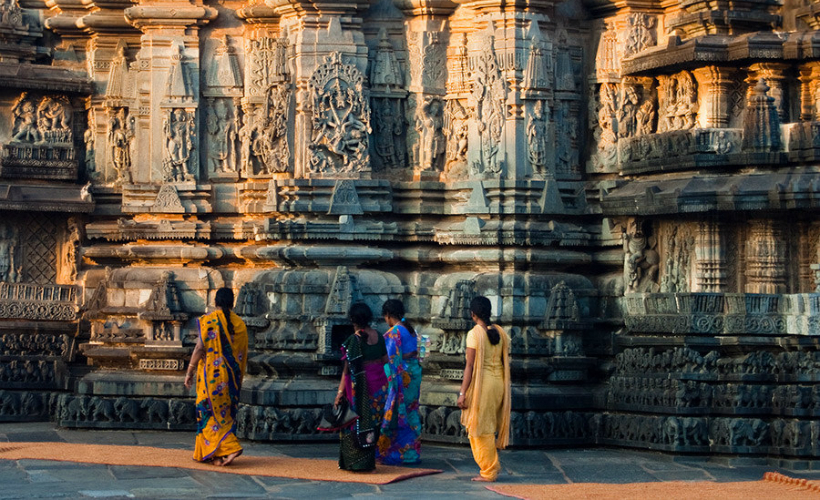
There are a large number of countries that consistently make it to the top of bucket lists, and India is definitely one of them. Beautifully diverse with its various dialects, many fortresses, and castles, India is a land with a rich history and a place where there is celebrations and wondrous sanctuaries.
Despite its political and social issues, the country continues to attract throngs of tourists, so much so that attractions need to be capped with daily visitors. So if you’re taking the ultimate travel plunge (going to India for the first time) then here’s what you need to know:
Explore with caution
Venturing out first time to India? Be prepared for some wild fun! Indians are known for their kindness and hospitality, but you’d do well to be selective with the invitations and gifts that you accept. The usual travel cautions apply here:
- Don’t get roped into religious or political discussions with casual acquaintances
- Don’t wear ostentatious jewellery or carry extensive amounts of money on yourself
- Keep emergency contact numbers and important medication on you at all times
- Keep the hotel manager or your host notified of your itinerary and when to expect you back if you’re feeling particularly nervous
Dress the part
In bigger cities, attire range from conservative (sarees and tunics) to very modern (leggings and jeans) but a general rule to follow is keeping your shoulders and knees covered. As much as possible, wear breathable fabric too as the sun can be quite unforgiving.
Tourists with legs or cleavage showing will attract a fair amount of attention from the locals, so be sure to dress modestly and avoid shorts and low cut tops.
Most areas aren’t concerned with headscarves but religious spots recommends them as a sign of respect, so feel free to buy a pretty scarf or two along the way. Plus, they’re easy to pack, work well if you need to cover up, and look fabulous in photos.
Packing and travelling
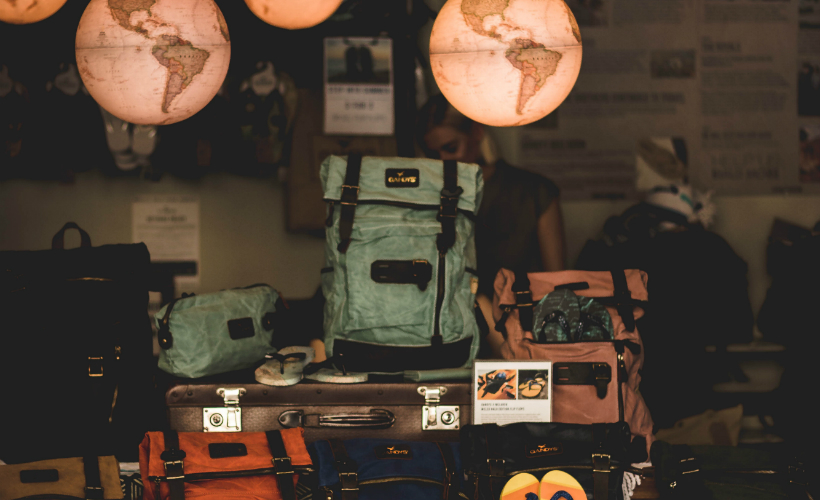
For travelling peacefully in India, it is recommended to protect your international ID all through your visit. Keep photocopies of your international ID if you’re afraid of losing the original.
Most airlines allow 7kgs in your hand carry, and 15kgs while flying with a local flight, so if it’s a long trip, you might want to save on extra luggage charges by sending your stuff in advance through a good courier to India.
If you are travelling via rail or local transport, then you should only take as much as you can deal with so not to worry about theft or lugging around more than you can handle. Most trains and busses are pretty fast moving, having to hop on or off at a moment’s notice.
Outline your trip
Rather than jumping right into the huge urban areas like Mumbai or Delhi, start your tour of India from the south instead.
Consider losing yourself in the mesmerising beauty of the rolling hills and dense forest of Kodaikanal. Or perhaps explore the laid-back places with grandiose historical beauty at the UNESCO World heritage site that is Vijayanagar. Or bask in the colonial-era buildings, churches, temples, and beaches in Pondicherry.
Build up to the Taj Mahal up north in Agra instead of making it the only highlight in your trip.
Feast like the locals do
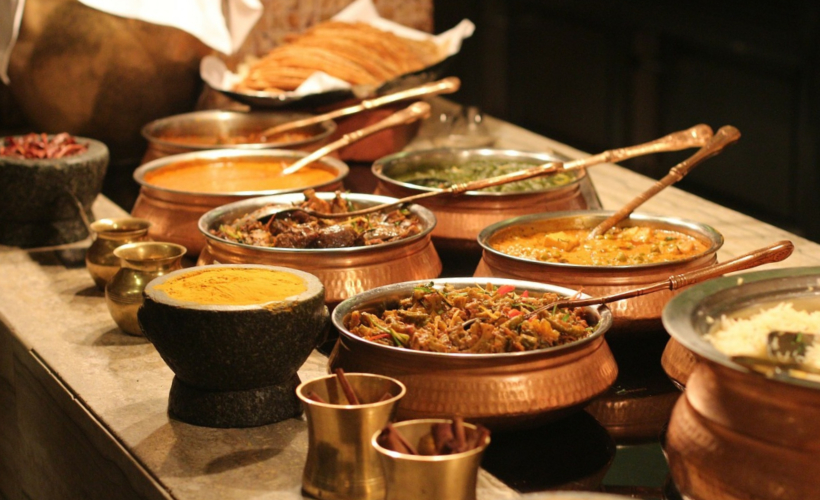
India is a nation where people live to eat instead of eat to live. You’ll find that no matter where you go, the ingredients are more or less the same but the results vastly different. Delight in that palate difference with breads and curries in the North, and banana leaf meals in the South.
You’ll find much of what you eat in the restaurants in the West in North Indian food; naan bread, rotis, samosas, curries such as palak paneer (spinach and cheese), and aloo ghobi (potato and cauliflower). South Indian cooking on the other hand is based around rice, lentils, and stews, with dishes such as dhosa (a lentil and rice crêpe), idli (steamed lentil rice cakes), rasam (tomato, tamarind, and lentil soup), and sambar (spicy lentil and vegetable stew).
It is recommended to not dine by roadsides often as the hygiene of those places are questionable. You’ll also do well to carry a bottle of mineral water with you, and not drink from taps or wells.
Weigh your options wisely
Compared to global patterns, India is not considered a major producer of drugs, but the country’s geographical location makes it an active point of transit for drugs, either coming from or bound for Europe, Africa, South East Asia or North America.
Naturally, one’s curiosity might hit its peak in India with some travellers even making the trip specifically for said drugs. Apart from the health and safety aspect, keep in mind that you can face a fine and up to a year of jail time for consumption of narcotics, or up to 20 years of jail time for possession.

